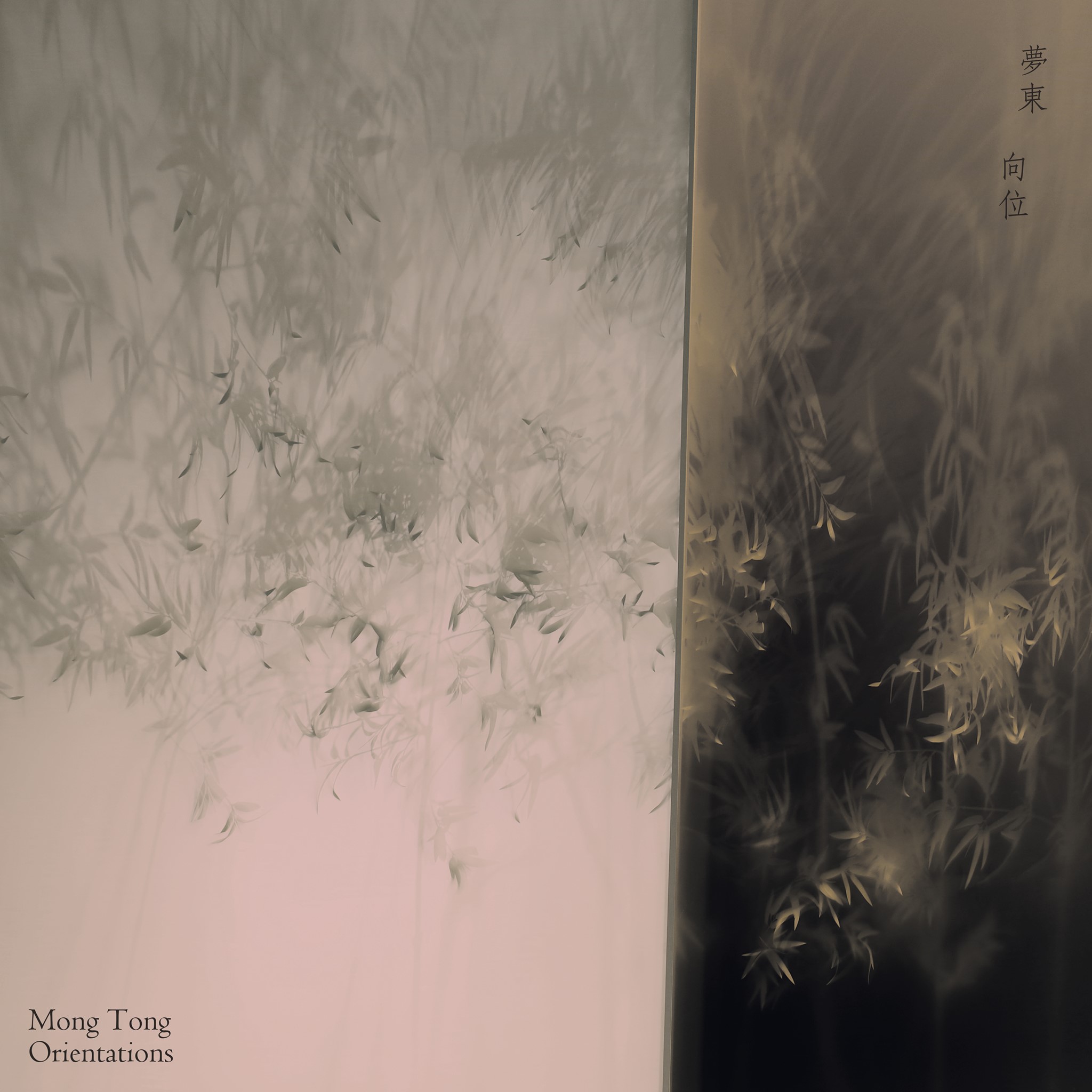by Brian Hioe
語言:
English
Photo Credit: Mong Tong/Facebook
The following article originally appeared on Electric Soul, a Hong Kong-based electronic music magazine and ticketing platform, on October 13th. More collaborations between No Man is an Island/New Bloom and Electric Soul will be coming up!
ORIENTATIONS 向位 breaks new ground for Mong Tong. As the title itself suggests, Mong Tong has indicated a clear new direction with Orientations 向位—with a strong shift toward ambient music. Nevertheless, despite the apparent shift in musical direction, Mong Tong’s new work also represents significant continuity with previous work, and it proves as evocative as ever.
In particular, much of Mong Tong’s past characteristic work was characterized by the use of samples. This includes samples drawn from Taiwanese pop culture of the 1990s and 2000s, and a “New Age” vibe, as in musical pretensions that dwelled on spiritual practices or Mars as some kind of Egypt-like lost kingdom.
Indeed, among Taiwanese bands, Mong Tong perhaps stood out as one able to evoke a distinctive, immediately recognizable aesthetic with both sounds and visuals, proving deft at world-building through its tracks and the artwork released with albums. This was aided by the fact that the band handled most aspects of album production itself. Much of what Mong Tong was riffing on seemed to be the interplay between Orientalism and self-Orientalism, drawing ironic Millennial humor from this, while still managing to take listeners to another world. Yet there is the clear effort to break out of this and shift towards ambient, instead of being characterized as a sample-based band, with Orientations 向位.
The nine tracks that comprise Orientations 向位, then, are divided between four tracks titled 水 Sea and five 土 Earth. Both sets of tracks stand out as juxtaposed to each other, while forming a trajectory. The four 水 Sea tracks are also labeled 南 (South), while the 土 tracks are divided between 北 (North) and 西 (West). This immediately calls to mind Taoist geomancy and Chinese traditional spiritual practices, as in Mong Tong’s previous interest in samples drawn from the schlocky turn-of-the-millennium New Age spirituality that one frequently observed in Taiwan in the late 1990s and early 2000s. Yet this also establishes a holism for the album that previous works did not.
As one might expect, the 水 Sea tracks are more floaty, compared to the grounded 土 Earth tracks. The 北 tracks are more ruminating and reflective, while there is a more sense of purposeful movement in the 西 tracks, perhaps conjuring to mind a “journey to the West.” The four 水 Sea tracks are perhaps where the album is the strongest, however, in conjuring many registers of being at sea, reflective of the infinitude and constant flux of the sea.

Photo credit: Mong Tong/Facebook
Orientations 向位 may, in fact, be somewhat alienating for those that understood Mong Tong as simply another Taiwanese indie band—without necessarily grasping how Mong Tong emerged from Taiwan’s experimental electronics music scene, frequently performing with the Future Proof label, and associated acts. Mong Tong has also proven a band that is always seeking to experiment, not only in genre, but also in performance style. The last performance that the author saw of Mong Tong’s for example, involved the band improvising to ghost stories told by guests with collaborators such as electronics virtuoso and movie composer Sonic Deadhorse.
Nevertheless, for those that appreciate that Mong Tong has always at its heart been about experimentalism and innovation, Orientations 向位 represents a significant advance for the band, which might have otherwise have been at risk of falling into having a defined “sound” that remained the same, album to album—the fate of so many other Taiwanese bands. But Mong Tong has escaped this trap and it has done so with an album that is not only highly listenable, but which invites rumination, reflection, and contemplation.



